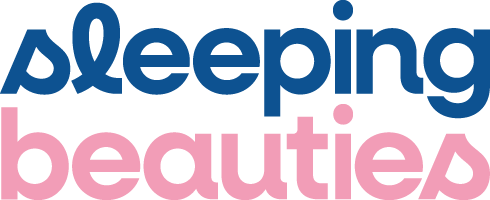BLOG
There was a point in time when I would live and die on wake windows.
Or, at least I tried to. You see, sleep trainers promote wake windows as an exact science. You can follow a perfectly curated, handy chart, and just like that, your baby’s sleep will miraculously improve.
✨ 𝐍𝐄𝗪𝐒𝐅𝐋𝐀𝐒𝐇 ✨
𝘉𝘢𝘣𝘪𝘦𝘴 𝘢𝘳𝘦 𝘯𝘰𝘵 𝘳𝘰𝘣𝘰𝘵𝘴. While wake windows may work perfectly for some, for others, wake windows are so inaccurate that it can drive a parent nuts.
Just like their type A adult counterparts, some babies really thrive off routine. For these babies, spending a few days tracking their sleep to find their sweet spot will give you a pretty good indication of what their appropriate wake window is.
For others, each day needs to be different. Their time spent awake will be entirely dependent on the kind of sleep they had the previous night, their level of daytime activity, and their mood.
Knowing your baby’s temperament, coupled with their sleep needs (high vs low) will be the best indicator of whether you need to be keeping an eye on the clock, or just keeping an eye on your baby’s cues. For most, you’ll get the greatest success if you do a bit of both!
👉🏼 𝙁𝙪𝙣 𝙛𝙖𝙘𝙩: Because babies have such rapid brain growth, they build up sleep pressure incredibly quickly. This slows over time, which is often when you’ll see a nap transition happen. Naps allow babies to relieve that sleep pressure before they have a spike in cortisol. The key with wake windows is to get them to sleep before that spike happens, while at the same time keeping them awake long enough to build sufficient pressure to fall asleep without a fight.
𝙒𝙝𝙚𝙣 𝙩𝙤 𝙢𝙤𝙫𝙚 𝙖𝙬𝙖𝙮 𝙛𝙧𝙤𝙢 𝙬𝙖𝙠𝙚 𝙬𝙞𝙣𝙙𝙤𝙬𝙨: Most babies can handle a nap at the same time each day by the time they are solidly on 2 naps (somewhere around 7-9 months). This can provide parents with a bit of predictability, but even with a fairly concrete routine it’s important to keep an eye on your baby’s cues and tune into what you know of them, rather than focusing on the fact that it may not yet be ‘time’ for nap. Just the other day, my toddler told me it was naptime at 11:45am, when he usually naps at 1pm!
